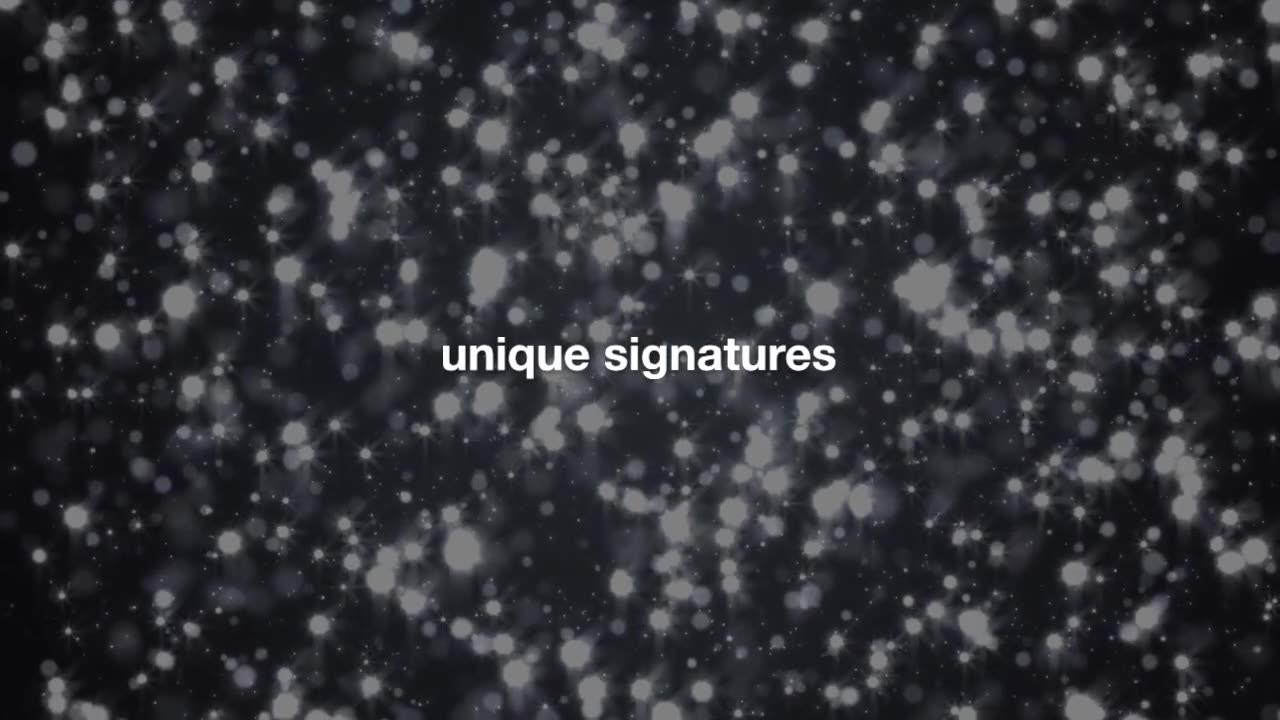Premium Only Content

Cosmic Archaeology: Using Black Holes To Uncover Evidence of the Universe’s First Stars
Researchers have developed a method to detect the first stars of the universe by observing the unique flares produced when these stars are torn apart by black holes. These findings could allow us to understand more about the early universe, with the help of NASA’s latest telescopes which can observe the resultant infrared emissions.
Shortly after the Universe began with the Big Bang, the first stars, composed mainly of hydrogen and helium, began to form. The properties of these first-generation stars, Pop III, are very different from stars like our own Sun or even the ones that are forming today. They were tremendously hot, gigantic in size and mass, but very short-lived.
Pop III stars are the first factories to synthesize most elements heavier than hydrogen and helium around us today. They are also very important for forming later generations of stars and galaxies. However, there have not been convincing direct detections of Pop III stars up to now, as these stars formed in the early universe are very far away and way too faint for any of our telescopes on the ground or in space.
-
 7:32
7:32
CoachTY
14 hours ago $10.01 earnedWHALES ARE BUYING AND RETAIL IS SELLING. THIS IS WHY PEOPLE STAY BROKE!!!
76.7K8 -
 1:01:00
1:01:00
Talk Nerdy 2 Us
11 hours ago💻 From ransomware to global regulations, the digital battlefield is heating up!
29.7K -
 3:00:24
3:00:24
I_Came_With_Fire_Podcast
13 hours agoHalf the Gov. goes MISSING, Trump day 1 Plans, IC finally tells the Truth, Jesus was NOT Palestinian
60.4K29 -
 4:11:49
4:11:49
Nerdrotic
16 hours ago $37.75 earnedThe Best and Worst of 2024! Sony Blames Fans | Batman DELAYED | Nosferatu! |Friday Night Tights 334
186K32 -
 7:55:51
7:55:51
Dr Disrespect
20 hours ago🔴LIVE - DR DISRESPECT - WARZONE - SHOTTY BOYS ATTACK
233K33 -
 1:30:23
1:30:23
Twins Pod
19 hours agoHe Went From MARCHING With BLM To Shaking Hands With TRUMP! | Twins Pod - Episode 45 - Amir Odom
145K31 -
 1:02:30
1:02:30
Exploring With Nug
20 hours ago $4.33 earned2 Duck Hunters Missing After Kayak Capsizes!
68.9K4 -
 46:48
46:48
Mally_Mouse
14 hours agoLet's Hang!! -- Opening Christmas gifts from YOU!
76.4K1 -
 44:55
44:55
Athlete & Artist Show
20 days ago $2.06 earnedNHL 4 Nations Snubs, Was Hawk Tuah Coin A Scam?
72.7K -
 33:47
33:47
Stephen Gardner
19 hours ago🔥Pentagon Whistleblower UNLEASHES on Biden and Obama!
128K288